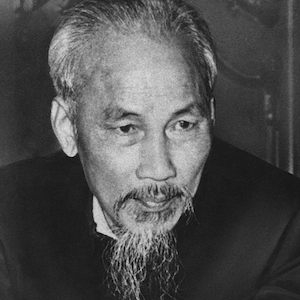The Vietnam War: 1945 – 1975
New-York Historical Society's online exhibit The Vietnam War: 1945-1975 examines the causes, progression, and consequences of the war between the United States and Vietnam. The website features selections from the physical exhibit that appeared at museum in 2017-2018, along with resources exclusive to the website. The website also includes comprehensive educational resources for secondary teachers looking to integrate the content into their curriculum. While the exhibit and supplementary resources are U.S.-centric, the website also includes materials that shed light on the Việt Nam perspective.
A real strength of the website is the unique multimedia materials which students which many students will likely find engaging. For example, exhibit historians have curated a Spotify playlist of songs from the era including protest music. The site also features a rich collection of video clips, oral history interviews and photographs.
Included on the site is a curriculum guide - a 180-page PDF that can be viewed on the site or downloaded. The guide includes four distinct units divided chronologically (1945-1975) and further divided into eight clusters. The guide is potentially useful even if teachers do not have the time to devote four distinct units to teaching about the war. Each unit features a brief synopsis that provides background information, biographical synopses of key individuals, and primary sources that teachers pull out and include in any lesson. The first cluster section on the Vietnamese Liberation Movement may be of particular interest to world history teachers as a case study in anti-colonial movements. The section features a brief biography of Ho Chi Minh and frames the liberation movement in the context of European colonialism in southeast Asia. The guide also has a wealth of primary sources documenting the anti-war protests in the United States.
The exhibit and website were developed with funding from the National Endowment for the Humanities (NEH), the Achelis and Bodman Foundation, and the New York City Department of Cultural Affairs, and the Institute of Museum and Library Services (IMLS).
